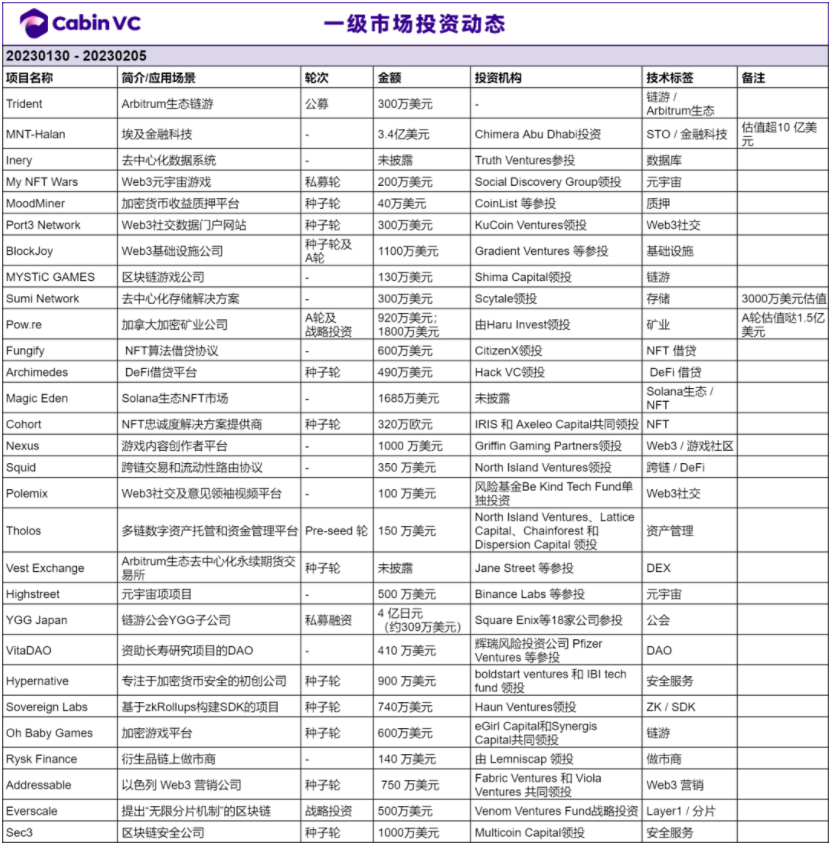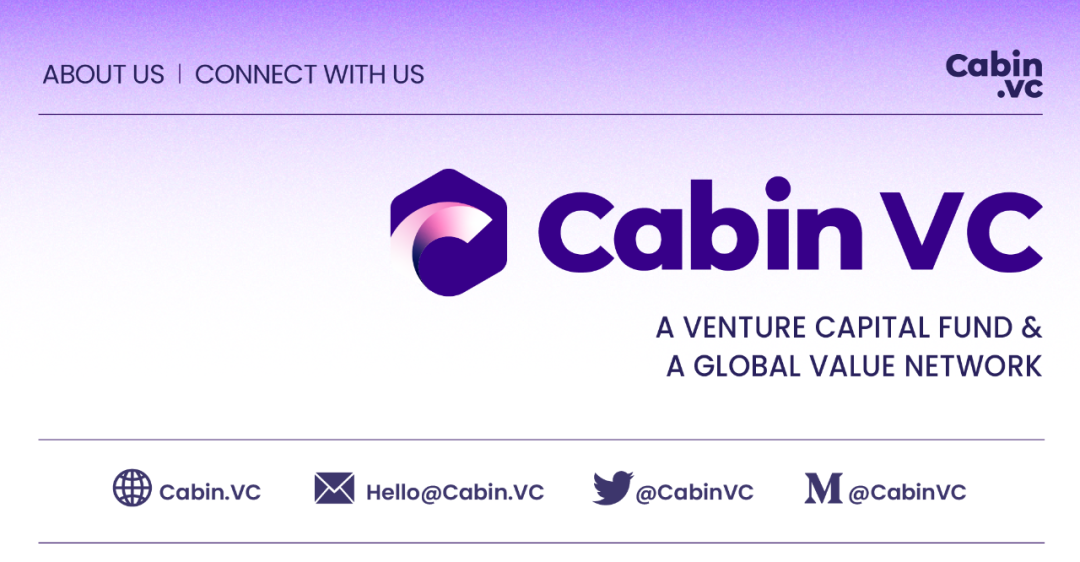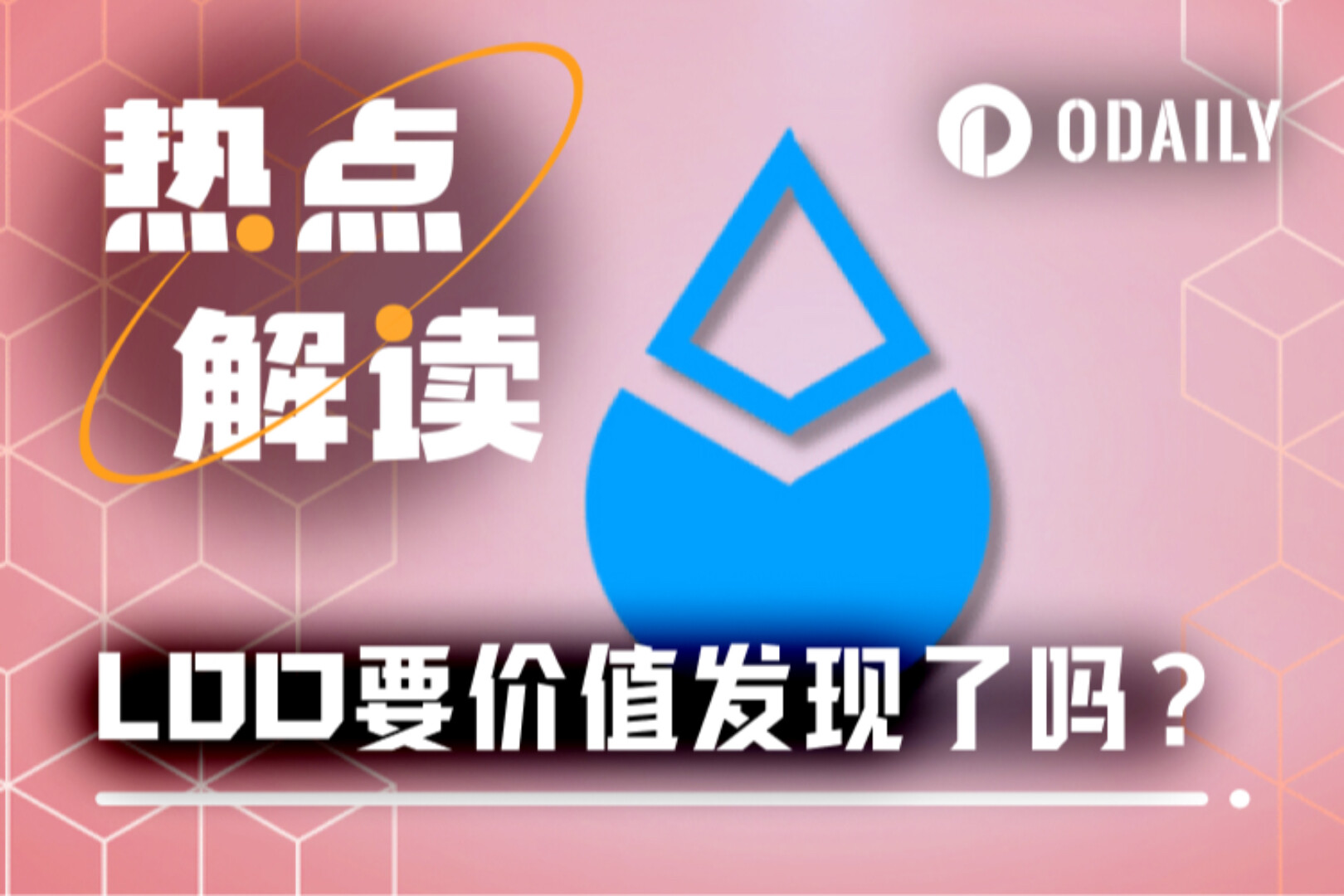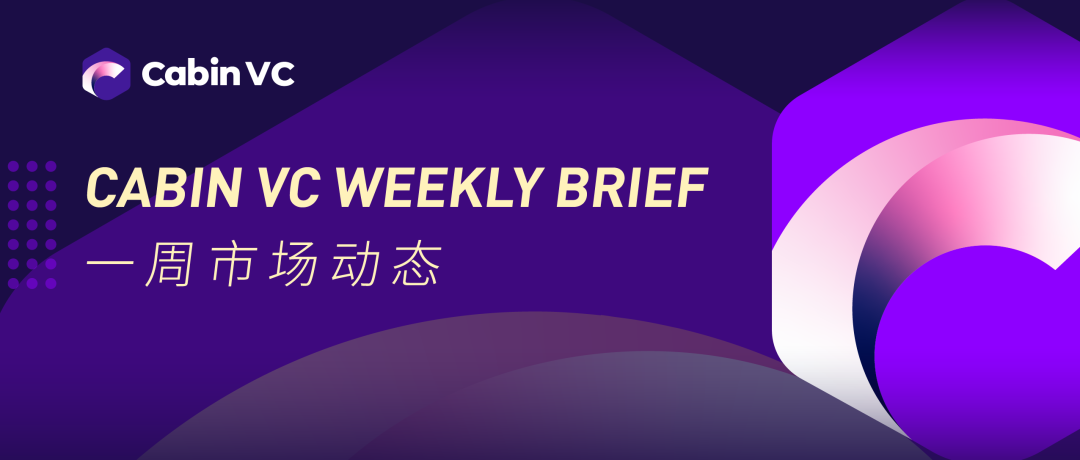

secondary title
One of the whereabouts of computing power: metaverse + decentralized rendering
After sorting out all public chain projects that have received financing in 2022, we will further explore the direction of the subdivided Metaverse public chain.
In the new public chain track, there are many public chains trying to find new uses for PoW computing power. This use is no longer used to maintain network security, but to generate certificates and perform specific services.
A business direction that is gradually increasing is: decentralized rendering based on metaverse application scenarios. This type of public chain is positioned in the vertical application scenarios related to the Metaverse, and provides 2D/3D rendering services based on computing power and in line with Web3 logic.
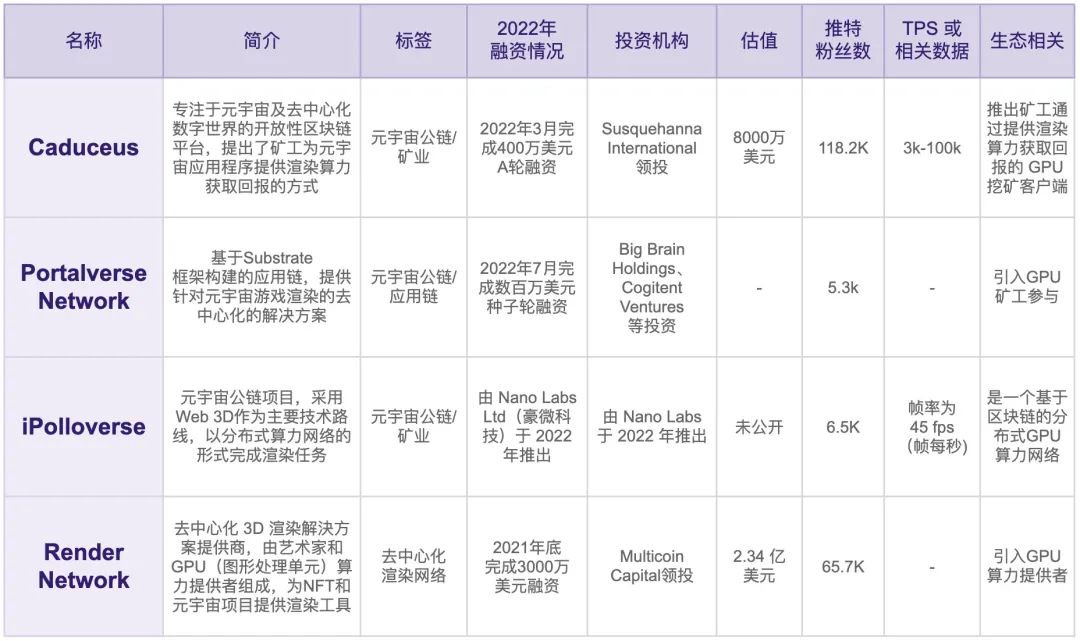
In addition to the new public chains Caduceus and Portalverse Network that received financing last year, there is also the metaverse public chain iPolloverse announced last year in this field, as well as the early old project Render Network that first involved this concept. We will sort out the above public chains:
Traditional rendering services rely on high-performance CPUs or GPUs, which are known as one of the "old line of computing power".
"Rendering" can be simply understood as "graphics + computing power + infrastructure". Traditional computing power rendering is one of the mature markets at the Web2 level. In the GPU rendering market, rendering refers to "the process of generating a certain visual style image through a series of calculations after setting a number of parameters for the 3D graphics that have been modeled" during special effects production. Rendered objects have different requirements in terms of texture, material, texture, lighting, global illumination, shader, lens blur, and depth, and require different visual styles. However, no matter what form of graphics rendering, it requires a lot of computing power.
Traditional industries for rendering services include film, television, animation, games, architecture/interior design, advertising/film/packaging, academic research, medical care, exhibitions, etc.
Different application scenarios have different requirements for rendering quality, precision, and speed, and require different CPU/GPU solutions: For example, film and television works require realistic effects, and pre-rendering/offline rendering is often used to ensure image quality. , but the speed is extremely slow; while games and AR display classes require interaction and real-time rendering, which require high frame rates but low requirements for image quality details.
Offline rendering: more used in scenes such as film and television special effects, 3D renderings, CG animation, and home decoration design.
Real-time rendering: mainly used in cloud games, AR/VR, live video special effects, cloud creation and other scenes that require high low latency and interactivity.
In the ultimate pursuit of real scenes, AI, virtual reality, 3D games and other scenes are difficult to render real models in real time.
Interestingly, some scene rendering is based on different technical solutions, and different hardware devices can implement rendering solutions with different characteristics, for example: the traditional OctaneRender (acquired by Hollywood cooperative rendering company OTOY) based on GPU physical rendering engine, using NVIDIA's RTX ray tracing GPU for hardware acceleration.
With the intervention of the Web3 infrastructure, the decentralized distributed network can allow more participants to join such an ecology, such as CPU/GPU miners, and individual creators who need rendering services, for Metaverse/VR/AR scenarios Give new opportunities.
To a certain extent, decentralized rendering has the potential to make breakthroughs in traditional rendering: Existing Web2 games require extensive use of interactive images. When the PC is running the game, the graphics card will render a large number of images in the background to form a continuous For visual effects (game animation), when the quality of the rendered picture is too high or the animation transitions are too frequent, the number of pictures will increase significantly, and the computing power of the graphics card cannot keep up, which will cause stuttering and delay, especially for real-time rendering. Web2 cloud games have always been difficult to solve the problems of high latency and high cost, and Web3 rendering infrastructure has advantages in high-precision simulation and real-time rendering.
For example: The RNDR rendering network, an early head project of the track, mentioned in the latest release of ipad pro that when the local computing power of the ipad is insufficient, it will use the computing power of the cloud on the Render Network to help render.
In the current existing Web3 rendering infrastructure, Tokenomics is mainly used to encourage ecological users to contribute graphics card computing power in their spare time, and to form an edge computing cloud rendering network closer to each user with more distributed personal GPU nodes. And balance the rendering task initiator and computing power provider, and give GPU miners benefits while ensuring the cost performance of rendering services to maintain ecological sustainability.
At the same time, such platforms also need to provide services closer to the application layer, and better introduce creators, a key role in Web3, into the ecology. Taking the early RNDR rendering network as an example, it proposed two roles: "creator" (3D image creator who needs additional GPU computing power) and "node provider" (user with idle GPU computing power). Going to the public with the pursuit of low-cost rendering.
As the infrastructure of Web3, the Metaverse public chain can better support the entire chain ecology.
For example: Taking the public chain network architecture iPolloverse as an example, the network architecture has four layers: from low to high, they are the Meta computing power layer, the network layer, the rendering layer and the ecological layer. According to public information, its test network has reached 1 GPU supporting 500 users.
Judging from the early head project Render of the track and the new public chain of the metaverse rendering concept, the supply side of the track is sufficient, that is, the GPU computing power end has been occupied by many infrastructures. This new type of mining involves many roles, including GPU cloud service providers, etc.
Therefore, the next thing to watch is the demand side of metaverse rendering:
Refer to the three basic parameters that make up the metaverse: Avatar (number of people/roles), NFT assets, and infrastructure. The decentralized rendering network service can touch the above three parameters.
In addition, from the perspective of complex computing, outside the Metaverse scenario, some concepts and scenarios that still use complex computing are still increasing. For example, RNDR is testing the ChatGPT API to provide computing power. These new concepts include AI computing power, protein simulation, weather computing, etc. These frameworks that require a lot of computing power open up new imaginations.

secondary title
Primary market investment dynamics
A total of 29 blockchain financing incidents at home and abroad were announced last week. The tracks with the most financing incidents this week are NFT and Metaverse, infrastructure and tools, blockchain games, and Web3 social networking.
Large-scale financing projects include Bitcoin mining companies TeraWulf ($32 million) and Pow.re ($18 million), as well as Solana's ecological NFT market Magic Eden ($16.85 million).
